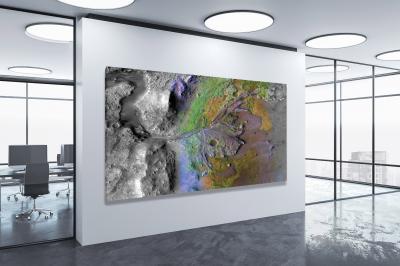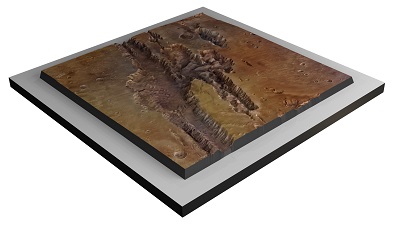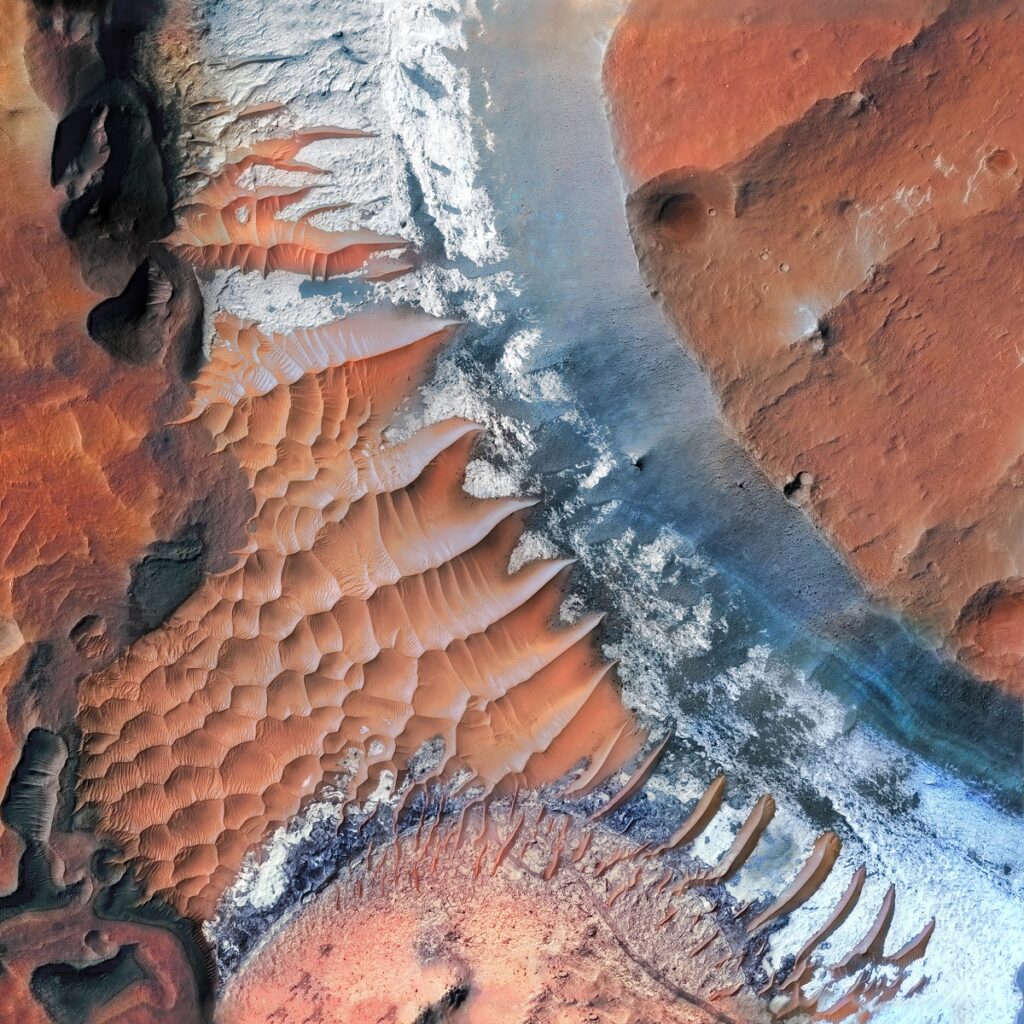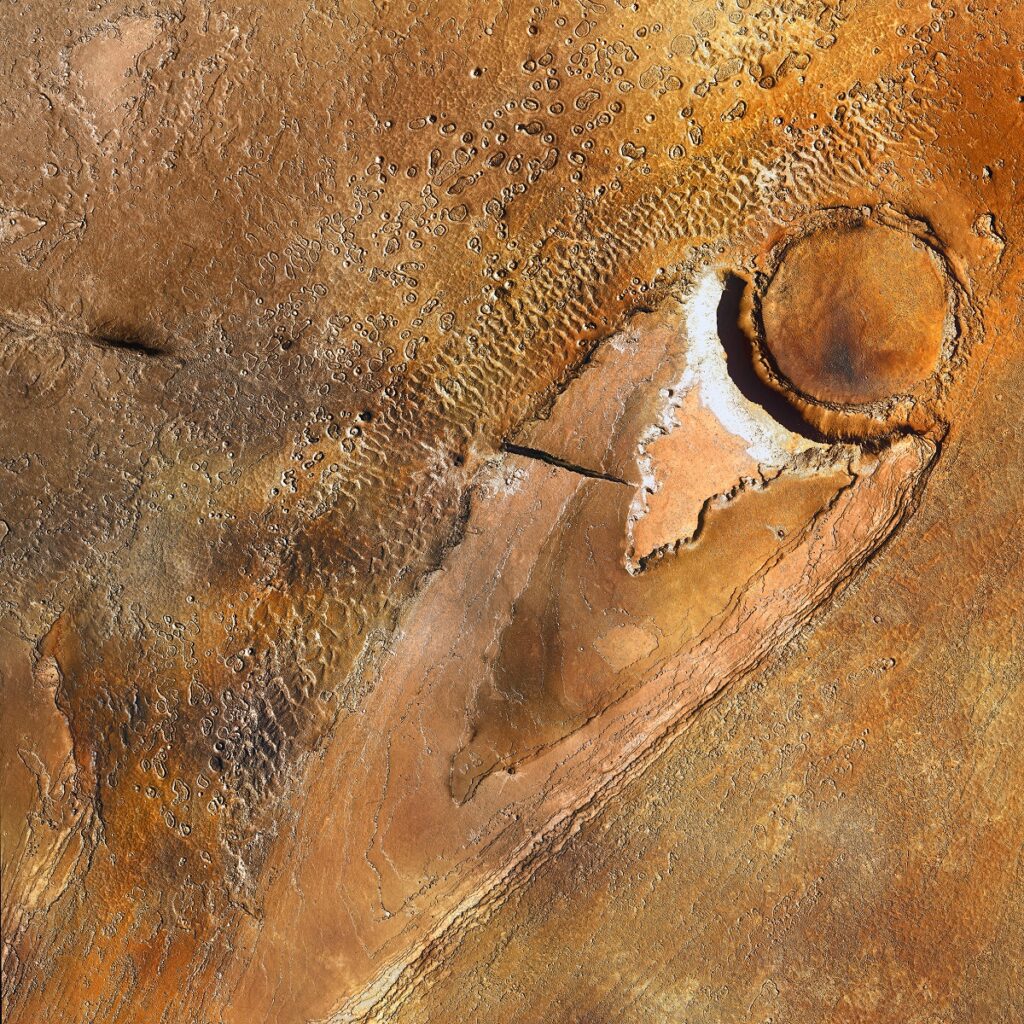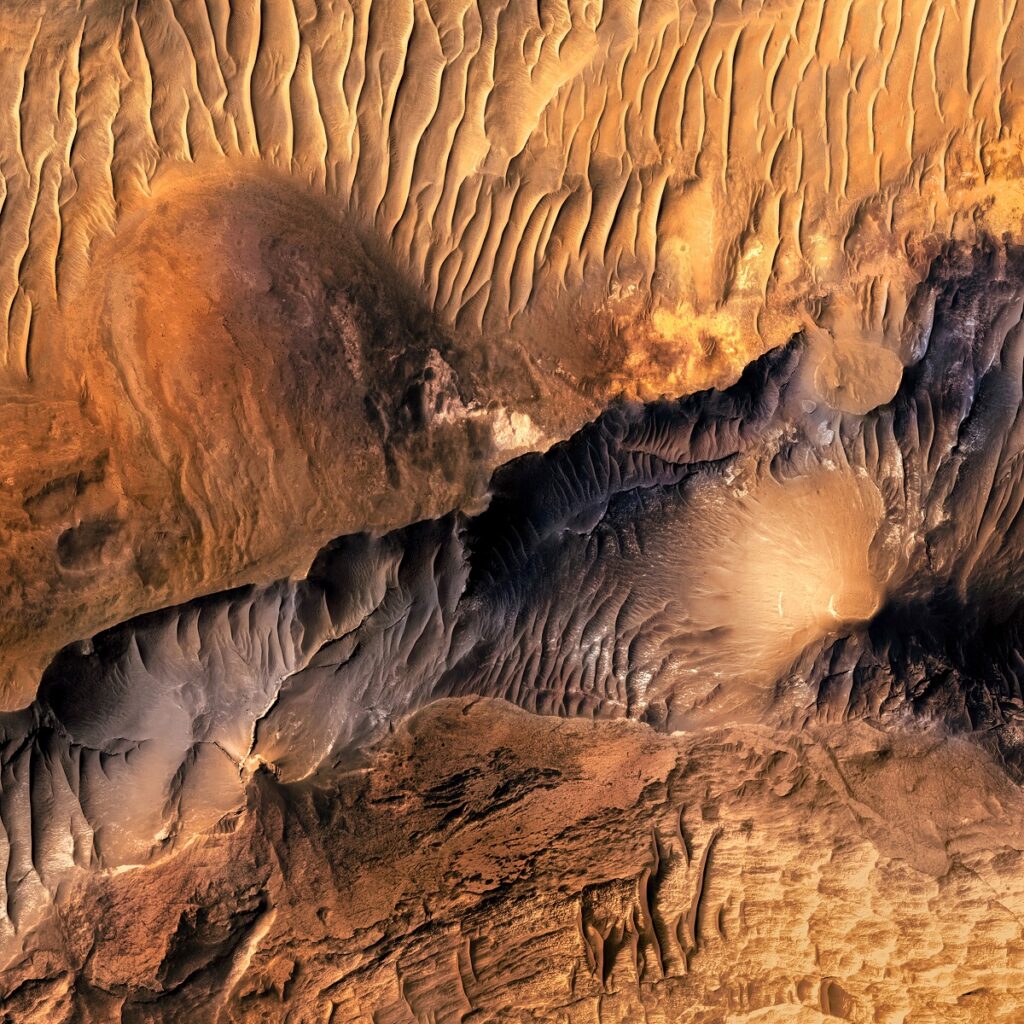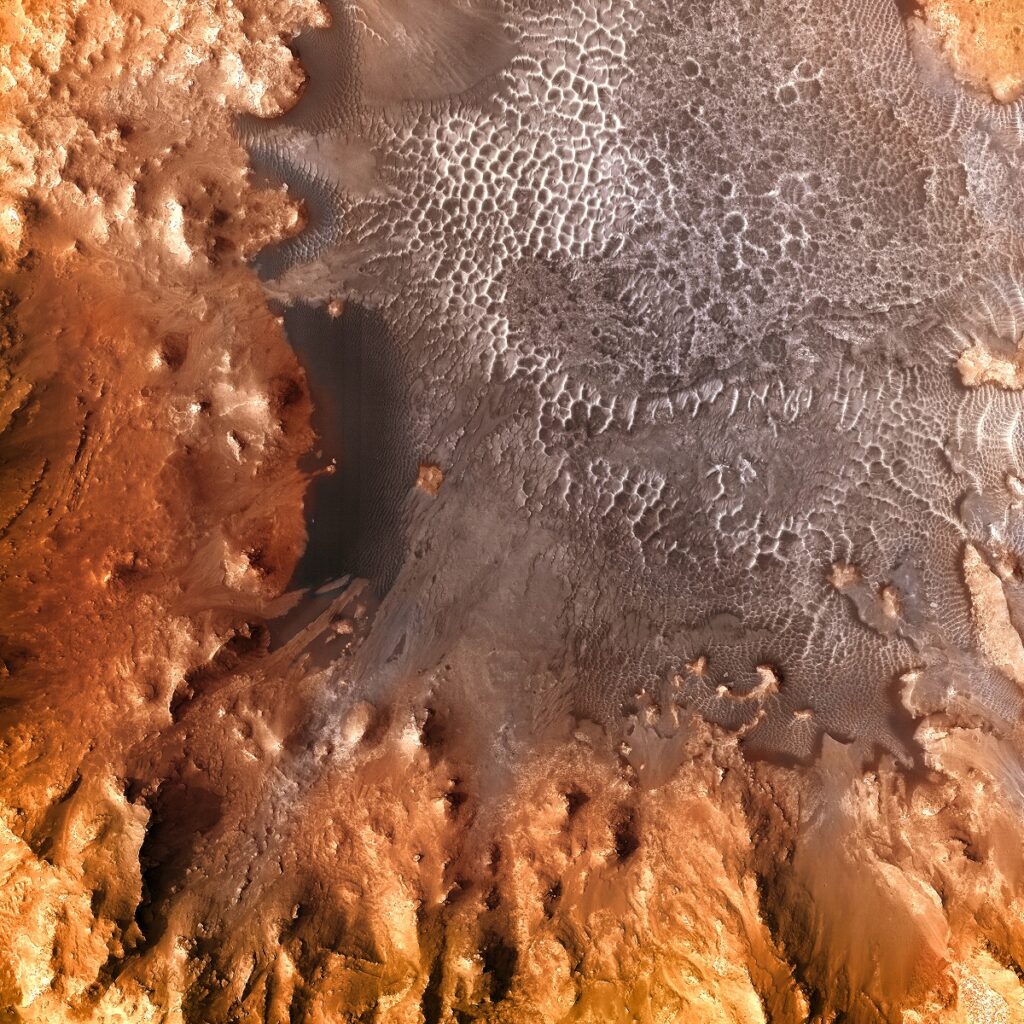Tharsis Province
Tharsis Province
We Build Custom 8K Mars Canvas Prints of Tharsis Province
Tharsis Province
The Tharsis Province, often referred to as the Tharsis Bulge or simply Tharsis, represents one of the most geologically significant and fascinating regions on Mars. The province has garnered significant attention from scientists, researchers, and space agencies worldwide due to its unique features, including some of the tallest volcanoes in the solar system and intriguing signs of geological activity. This comprehensive report aims to provide an in-depth understanding of the Tharsis Province, covering various aspects such as its geographical location, geological composition, significant discoveries, scientific missions that have explored the region, and its striking geomorphological features.
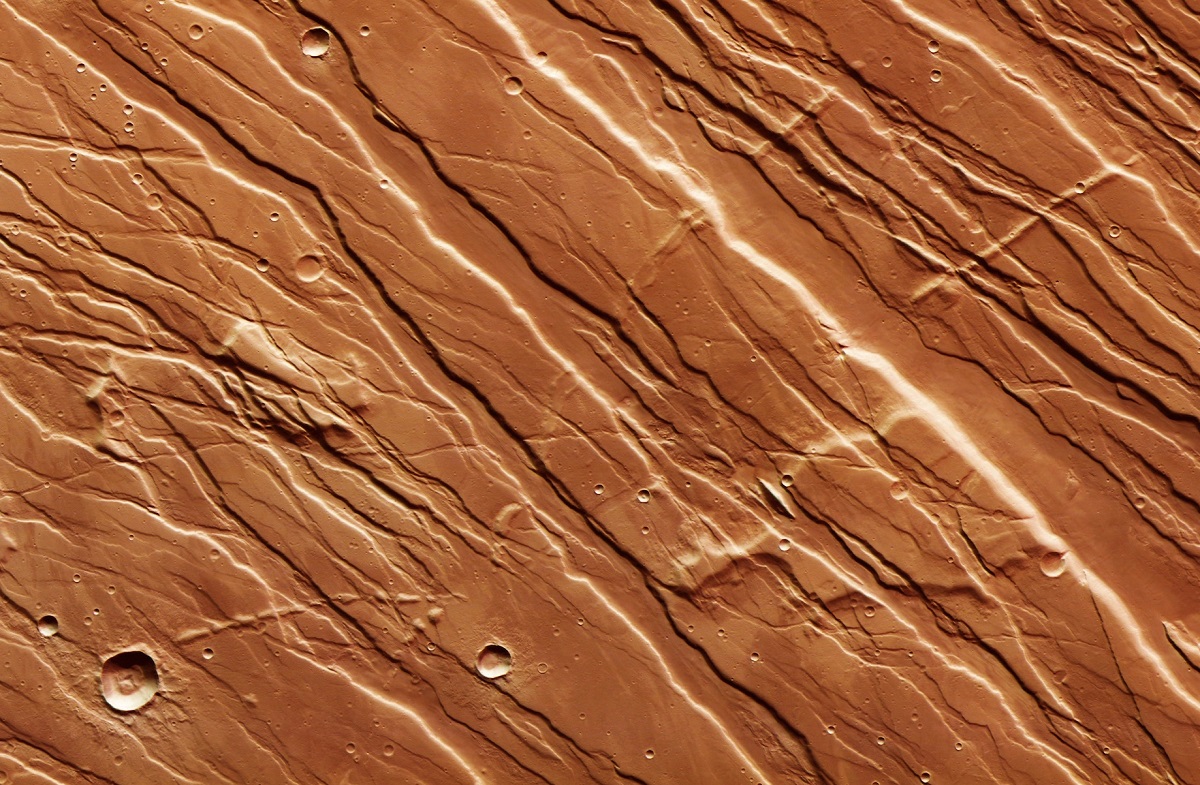 Tharsis Province – Nearby Faults and Scars
Tharsis Province – Nearby Faults and Scars
Geographical Location
The Tharsis Province is an extensive plateau situated near the Martian equator, stretching across longitudes from 70°W to 135°W and latitudes 30°N to 30°S. Covering a mammoth area that approximates 4 million square kilometers, it stands as one of the most substantial geological features in the entire solar system. The region is replete with enormous volcanoes such as Olympus Mons—the tallest volcano in the solar system—alongside Arsia Mons, Pavonis Mons, and Ascraeus Mons, which are collectively known as the Tharsis Montes. Given its equatorial location and expansive scale, the Tharsis Province serves as a pivotal focal point for researchers aiming to understand the intricacies of Martian geology, tectonic history, and the ancient hydrological cycles that may have once characterized the planet.
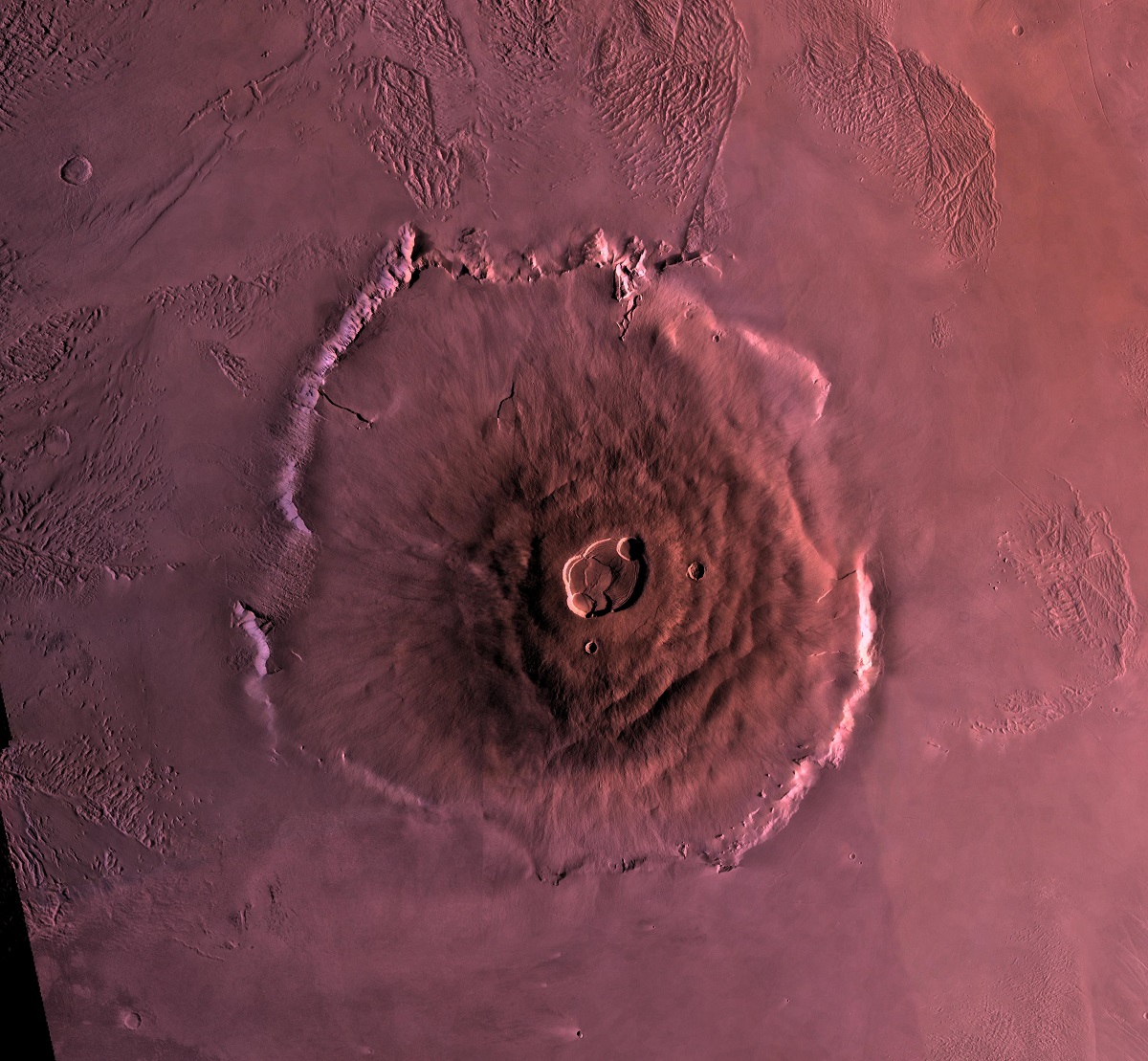 Olympus Mons
Olympus Mons
Geological Composition
The Tharsis Province is a geological marvel characterized by its immense complexity. Predominantly formed of basaltic lava flows, it underscores the region’s volcanic origins. Several Mars missions employing spectroscopic techniques have unveiled a broad spectrum of minerals like pyroxenes, olivines, and iron oxides. This assortment of minerals indicates a diverse range of magmatic sources, suggesting multiple phases and styles of volcanic activity. Beyond that, certain areas within the Tharsis Province reveal the presence of sulfates and clays. These minerals hint at past interactions with water, broadening our understanding of the province’s geological history. The area is further complicated by its massive shield volcanoes, which exhibit a variety of geological features including expansive calderas, fissure vents, and complex networks of lava tubes.
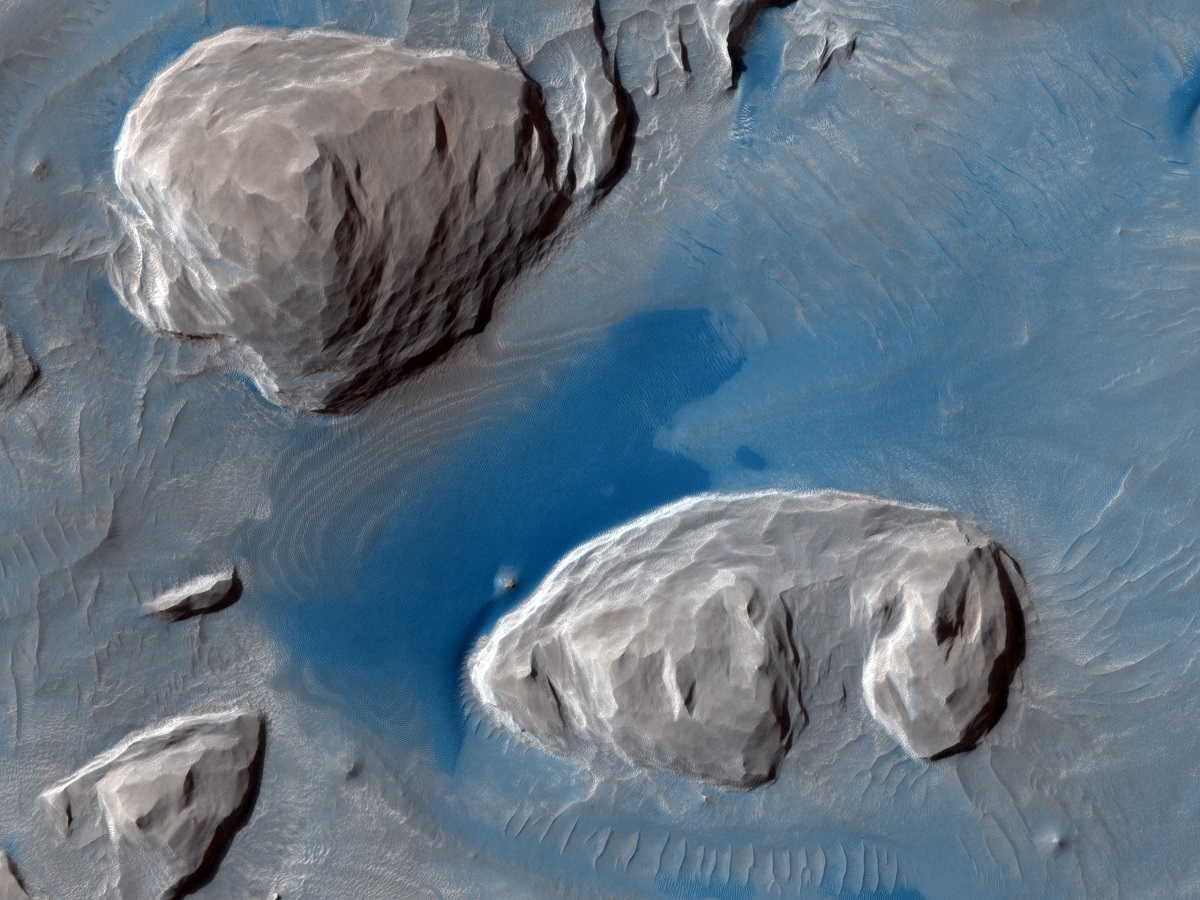 Olympus Mons-Nearby Dark Spot
Olympus Mons-Nearby Dark Spot
Significant Discoveries
Volcanic Activity
Among the most significant findings in the Tharsis Province is the sheer scale of its volcanic activity. Olympus Mons stands as a monumental testament to the colossal volcanic forces that have been at work, being the tallest and largest shield volcano known in the solar system. The feature provides a window into the planet’s internal dynamism and thermal history.
Tectonic Features
The province is also a hotbed of tectonic activity. It is littered with an intricate network of faults, fissures, and rift zones, which provide compelling evidence that the Martian crust in this locality has undergone extensive deformation. These tectonic features raise intriguing questions about Mars’ internal structure and the mechanical properties of its crust.
Signs of Water
Furthermore, some sectors of the Tharsis Province display geomorphological features that are suggestive of historical water activity. These include remnants of what appear to be ancient river valleys and potential lake beds, offering tantalizing clues about the planet’s hydrological past and perhaps its capability to support life.
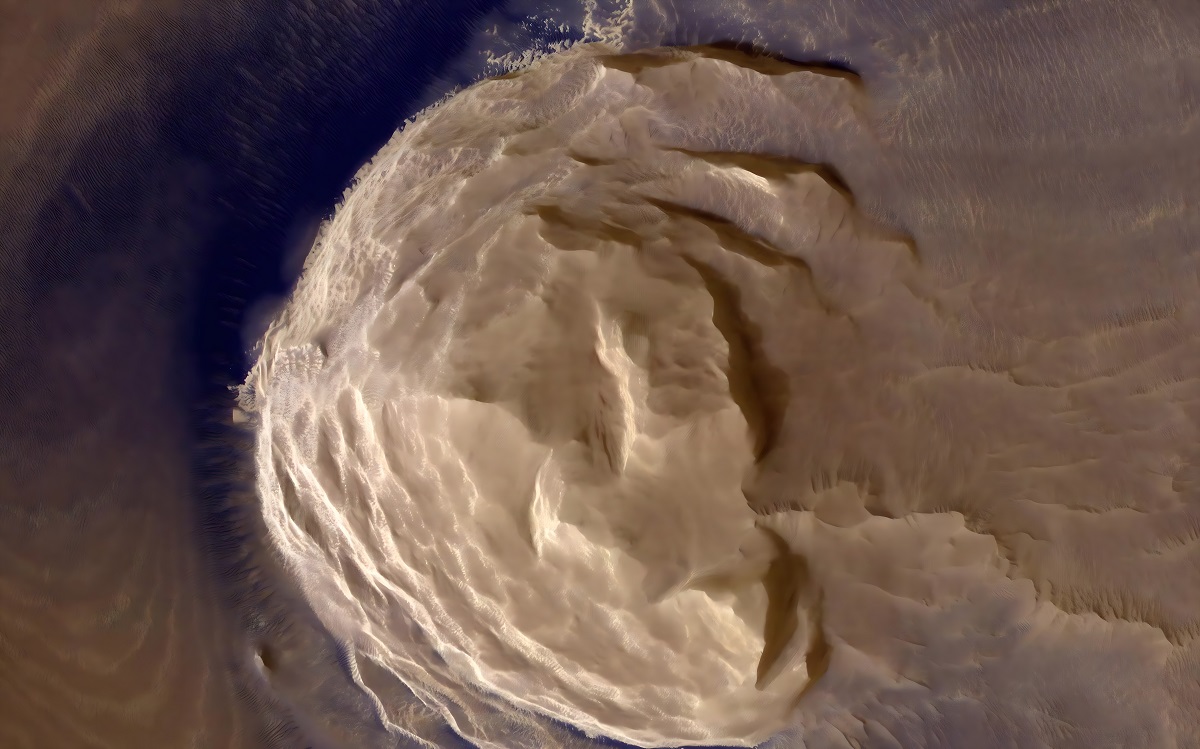 Dark Materials on Olympus Mons
Dark Materials on Olympus Mons
Scientific Missions
Viking Program
The Viking 1 and 2 missions were trailblazers in Martian exploration. These missions provided some of the earliest detailed photographs of the Tharsis Province, including breathtaking views of Olympus Mons, opening the first chapter in our understanding of this fascinating region.
Mars Global Surveyor
This mission went above and beyond previous endeavors by deploying advanced topographic instruments that gave unprecedented details about the province’s varied surface features, allowing scientists to build intricate models of the terrain.
Mars Reconnaissance Orbiter
The Mars Reconnaissance Orbiter, with its state-of-the-art high-resolution imaging systems and spectroscopic instruments, has offered unparalleled data. This has been vital in decoding the geological and mineralogical composition of the Tharsis Province, including the identification of various types of minerals.
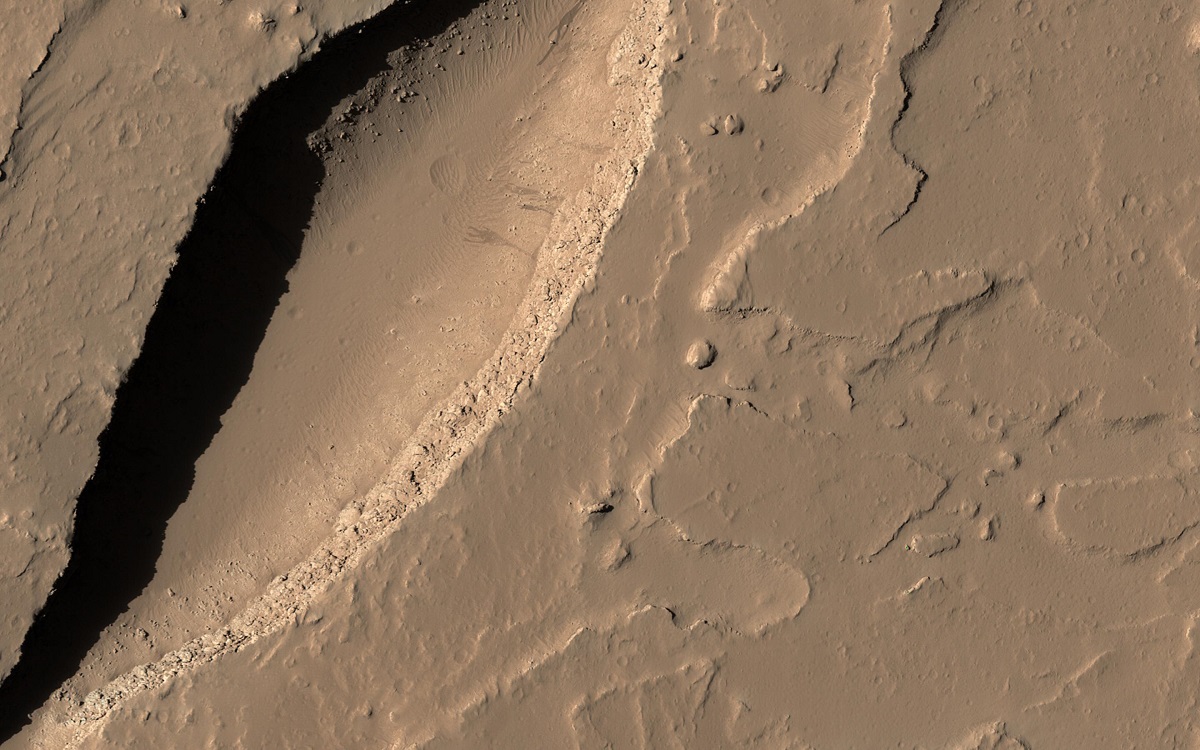 Olympus Mons Volcanic Fissure
Olympus Mons Volcanic Fissure
Geomorphological Features
The Tharsis Province is a showcase of remarkable geomorphological diversity. Dominating the landscape are the shield volcanoes, characterized by their gentle slopes formed through slow-moving, highly fluid lava flows. Additionally, the area is punctuated by rift valleys, fissures, and calderas, features that add yet another layer of complexity to this already intricate region. These elements bear testament to the interplay between volcanic and tectonic forces, providing critical insights into the diverse geological processes that have shaped this extraordinary province.
The Tharsis Province is a geological marvel that serves as a window into the history of Martian geology, tectonics, and perhaps even its climate. The region’s massive shield volcanoes, extensive rift systems, and signs of water activity make it one of the most studied and compelling features on Mars. Scientific missions to Tharsis continue to reveal new findings, each of which brings us closer to understanding not only the province itself but also the broader geological and climatic history of Mars. With upcoming missions and advanced research techniques, the Tharsis Province is likely to remain a focal point in planetary science for decades to come.
More About Mars
Contact us today to learn more about our 3D services and how we can help you achieve your goals.
